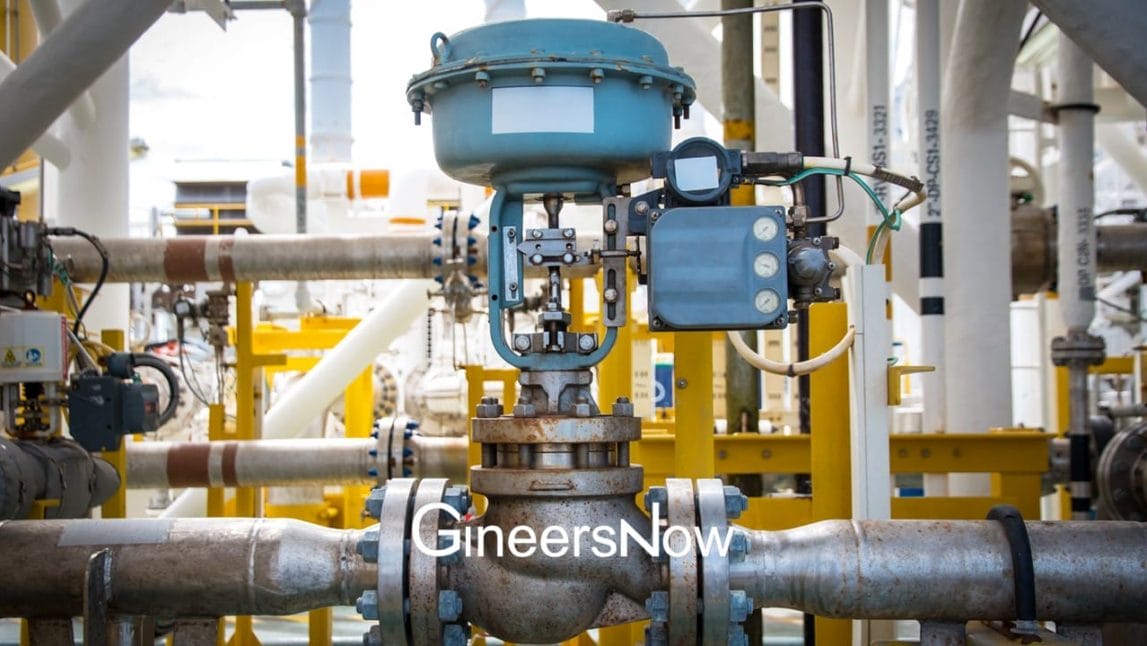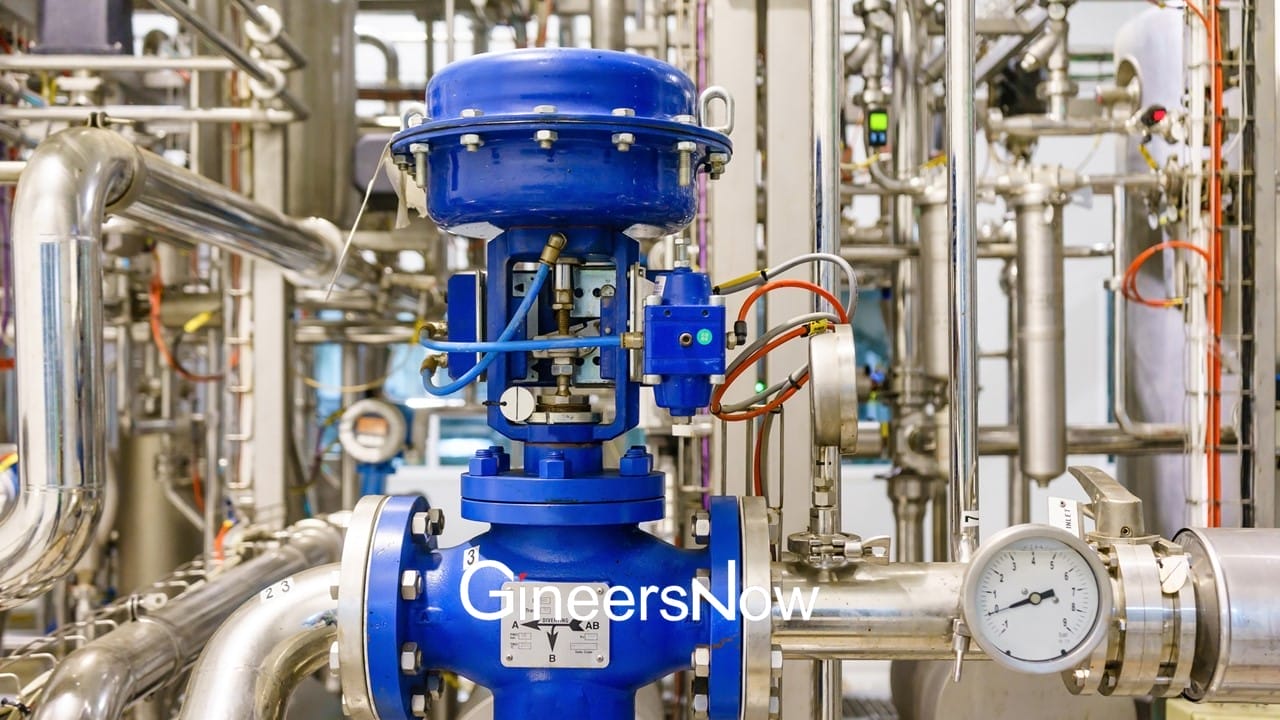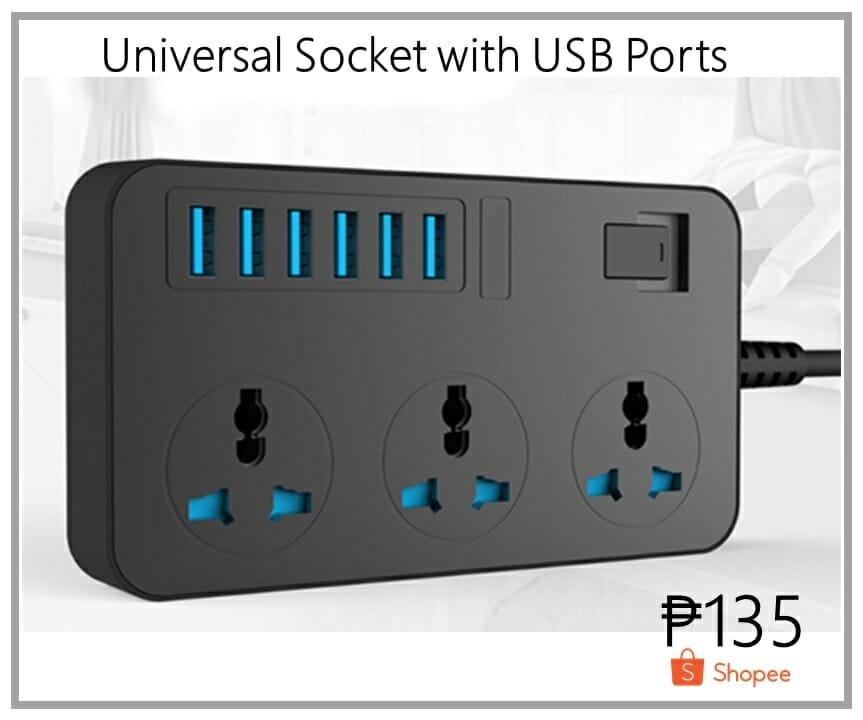Choosing the right control valve for your system is a critical decision. These essential components, used in various industrial applications, regulate the flow of fluids in piping systems. They also play a crucial role in maintaining process stability, ensuring safety, and optimizing resource utilization.
Whether you’re involved in the pharmaceutical, food processing, or oil and gas industries, understanding the key factors in valve selection is essential. In this comprehensive guide, you’ll discover the critical considerations to help you make an informed decision:
Understand Your System’s Needs
Before exploring specifics and options like ASCO valves, it’s important to assess your system’s requirements. Consider the type of fluid (gas, liquid, or slurry), pressure, temperature, and flow rate. These factors will influence the type of valve you need. For instance, a high-pressure gas system will require a different valve than a low-pressure liquid application.
Types Of Control Valves
There are several types of control valves to consider. Each type has its unique features and is suitable for different applications. Some of these include the following:
- Globe Valves: Ideal for precise throttling and control. They’re great for systems requiring frequent adjustments.
- Ball Valves: Best for on/off control without pressure drop. It is commonly used in applications where flow needs to be completely shut off.
- Butterfly Valves: Suitable for large flow volumes and low-pressure drop applications. They are compact and cost-effective.
Selecting between these valve types depends on your specific system requirements and the operational demands they must meet. This is why aligning the valve’s characteristics with the nature of your application is crucial for optimal performance.
Sizing Is Key
Proper sizing of the valve ensures optimal performance. An oversized valve can be inefficient and costly, while an undersized one can lead to pressure drops and inadequate flow control. Work closely with manufacturers or consult an expert to determine the right size for your application.
Material Matters
The material of the control valve is not just a detail–it’s a cornerstone of its functionality and longevity. Depending on the nature of your system, different materials offer varied advantages:
- Stainless Steel: Renowned for its strength and corrosion resistance, it’s ideal for harsh environments and high-pressure conditions. This makes stainless steel perfect for applications involving corrosive fluids or extreme temperatures.
- Brass: Offers good thermal conductivity and is highly suitable for hot water systems. It’s also more cost-effective than stainless steel, making it a good choice for budget-sensitive projects.
- PVC pipes: Lightweight and resistant to corrosion and chemical exposure. Ideal for low-pressure systems and suitable for handling acidic or alkaline fluids. PVC generally has a maximum service temperature of around 140°F (60°C). Beyond this, its strength and durability significantly decrease.
Each material brings unique properties to the table, influencing the valve’s performance in your application. Therefore, weigh these factors against your system’s requirements to ensure optimal functionality and durability.

Consider The End Connection
How the valve connects to your system is another vital aspect to ensure optimal control valve performance. Common connections include threaded, flanged, or welded.
Threaded connections are simpler to install but may not be suitable for high-pressure applications. Flanged connections, while more robust, require more effort in installation and maintenance.
Certifications And Standards
Ensuring your chosen valve meets relevant industry standards and certifications is a non-negotiable selection aspect. These standards, such as ANSI (American National Standards Institute), ISO (International Organization for Standardization), or API (American Petroleum Institute), set the benchmark for quality, safety, and performance.
Adhering to these standards also means your control valve will comply with industry regulations, reducing the risk of operational hiccups or legal issues.
Actuation Options
Valves can be manually or automatically operated. Automatic valves use pneumatic, hydraulic, or electric actuators, each with unique advantages. The choice depends on your system’s needs and the level of control required. Pneumatic actuators are popular for their reliability and simplicity.
Electric actuators, on the other hand, offer precise control and are highly favored for their compatibility with automated control systems. Their ability to integrate seamlessly with these systems and provide valuable feedback for system monitoring makes them an ideal choice for applications requiring high levels of automation and precision.
Cost Considerations
While cost shouldn’t be the sole deciding factor, it’s undoubtedly essential. Balance the initial cost with the long-term operational costs. Cheaper valves may save money upfront but could lead to higher maintenance and replacement costs.
Additionally, consider the potential cost of downtime and inefficiencies if the valve doesn’t meet your system’s needs. Investing more in a high-quality valve can result in significant savings over time by reducing the frequency of repairs and increasing system efficiency.
Maintenance And Durability
Consider the maintenance requirements and durability of the valve. A valve that requires frequent maintenance or replacement can significantly increase operational costs. Opt for valves with a proven track record of durability and easy maintenance.
Vendor Reputation
Choose a reputable vendor. A reliable supplier can provide valuable guidance, quality products, and after-sales support. Read reviews, ask for references, and consider their industry experience.
Conclusion
Selecting the right control valve is a balance of multiple factors. By understanding your system’s needs, considering the type of valve, material, size, connection, actuation, maintenance, standards, cost, and vendor reputation, you’ll be well-equipped to make a choice that enhances your system’s performance and reliability. Remember, the correct valve not only improves efficiency but also contributes to the safety and longevity of your operations.












